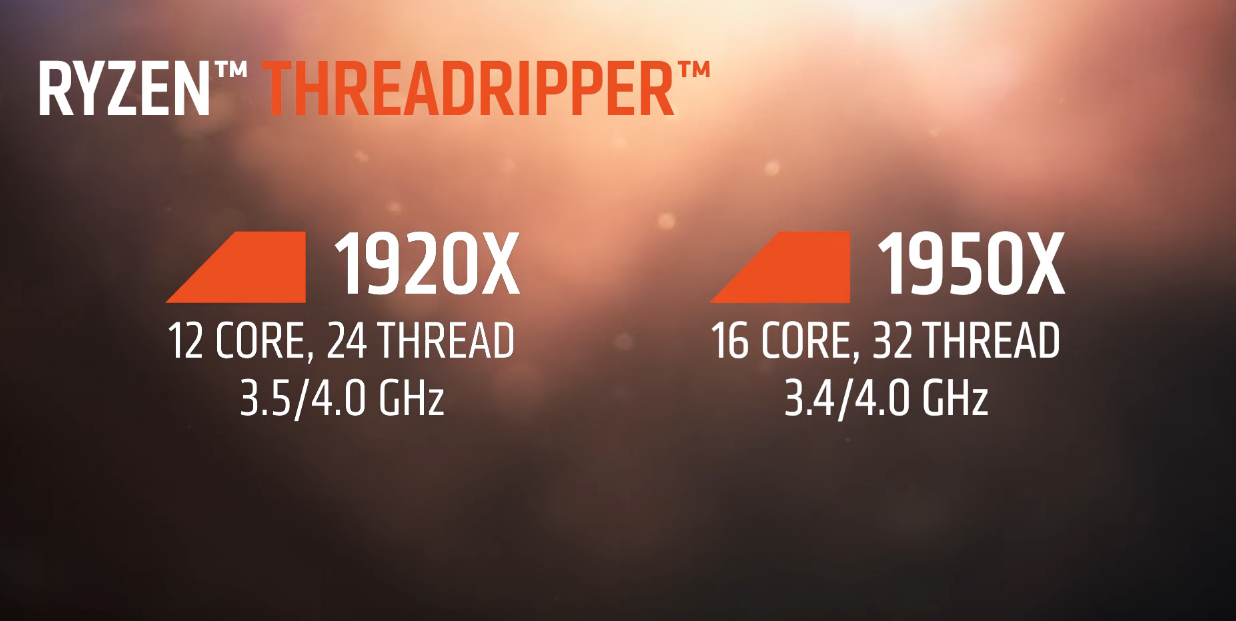So next - gen's picture may look even more promising for AMD (if they execute correctly, that is). Intel will certainly still use monolythic dies , and AMD will have likely improved upon a few low hanging fruits, architecture- and fabric- wise
Well, i will not bet at 100% that Intel will keep the monolythic approach, or not completely. If not for the next CPU, the following. I will not even be surprised to see them release something in between ( maybe with only 2 "die" ( as a 2x 18 cores ) in some times, if not in some year. ( something who can recall their first quadcore ( who was 2x dualcore cpu die "glued" together )
Look even Nvidia have shown something who is going this way lately with their multi gpu die approach for exascale computers.. If absolutely not similar in design, we find the same spirit on it.
Last edited:



